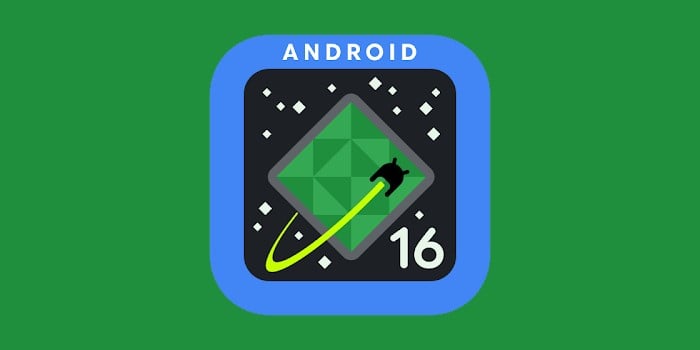Google on Monday delivered the first developer preview of Android 16 – a release notable for both its status as the first step towards a new version and its release date signalling a change in the release cycle for the OS.
“We’re planning the major release a quarter earlier (Q2 rather than Q3 in prior years) to better align with the schedule of device launches across our ecosystem, so more devices can get the major release of Android sooner,” wrote Matthew McCullough, Google’s veep of product management, Android Developer.
That’s good news for buyers – and presumably handset makers, who finally get the chance to match Google’s own Pixel phones. In recent years the Chocolate Factory’s own handsets have debuted in Q3 and been the first to offer new versions of Android.
But McCullough warned developers the plan to release Android 16 in Q2, 2025, means “you’ll need to do your annual compatibility testing a few months earlier than in previous years to make sure your apps are ready.”
That testing can perhaps wait, because Google plans another release in Q4 of 2025 that will include new developer APIs.
“The Q2 major release will be the only release in 2025 to include planned behavior changes that could affect apps,” McCullough added.
“We’re targeting Late Q1 of 2025 for our Platform Stability milestone,” he added. “At this milestone, we’ll deliver final SDK/NDK APIs and also final internal APIs and app-facing system behaviors. We’re expecting to reach Platform Stability in March 2025, and from that time you’ll have several months before the official release to do your final testing.”
Google will also release cuts of Android in Q1 and Q3. McCullough wrote that those releases will come in between API releases and “provide incremental updates to help ensure continuous quality.”
The Android 16 developer preview includes APIs that improve access to the Android photo picker that apparently “allows it to feel like a more integrated part of the app while still leveraging the process isolation that allows users to select media without the app needing overly broad permissions.” A forthcoming Android Jetpack library will be needed to integrate the embedded photo picker.
Another inclusion is a new version of Health Connect that contains an early version of APIs supporting health records. “This allows apps to read and write medical records in FHIR format with explicit user consent,” McCullough wrote. FHIR is the Fast Healthcare Interoperability Resources standard and is commonly used in the healthcare industry. Its inclusion in Android hints at a desire to export info captured by devices.
McCullough also mentions inclusion of the latest version of the Privacy Sandbox on Android, which he says reflect Google’s desire “to develop technologies where users know their privacy is protected.”
“Check out the SDK Runtime which allows SDKs to run in a dedicated runtime environment separate from the app they are serving,” he exhorted, on grounds they provide “stronger safeguards around user data collection and sharing.”
But doubtless not strong enough to undermine Google’s business model. ®

